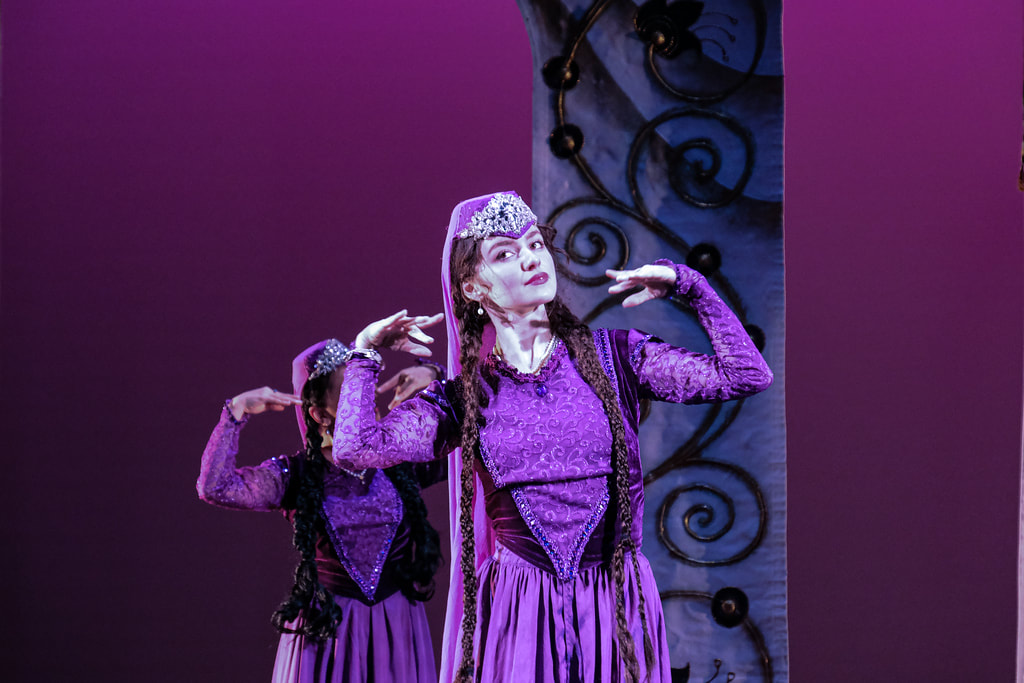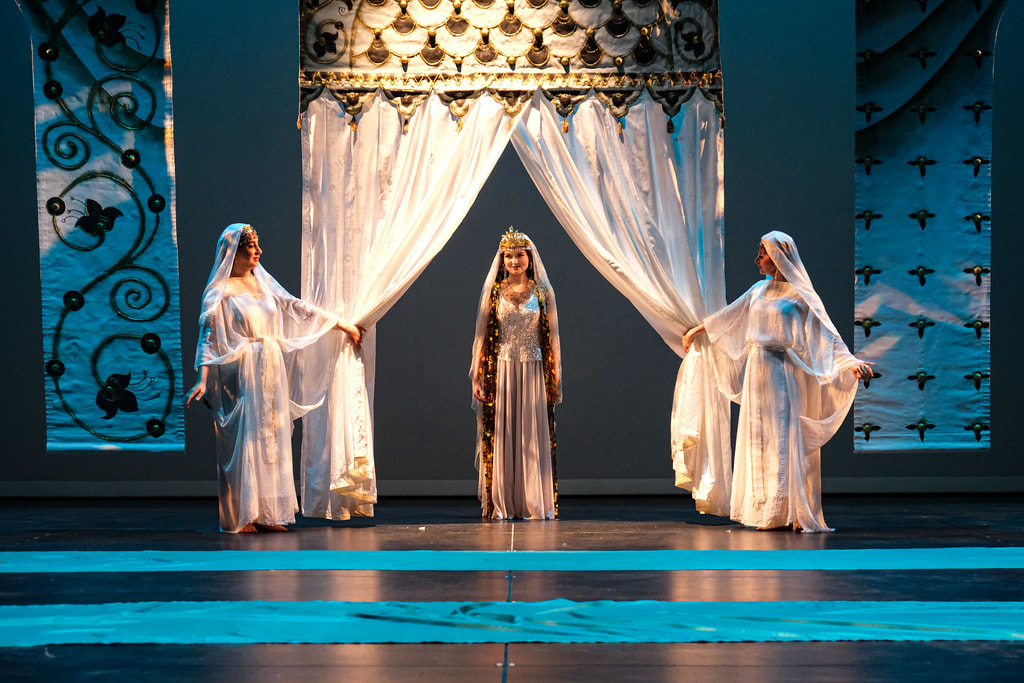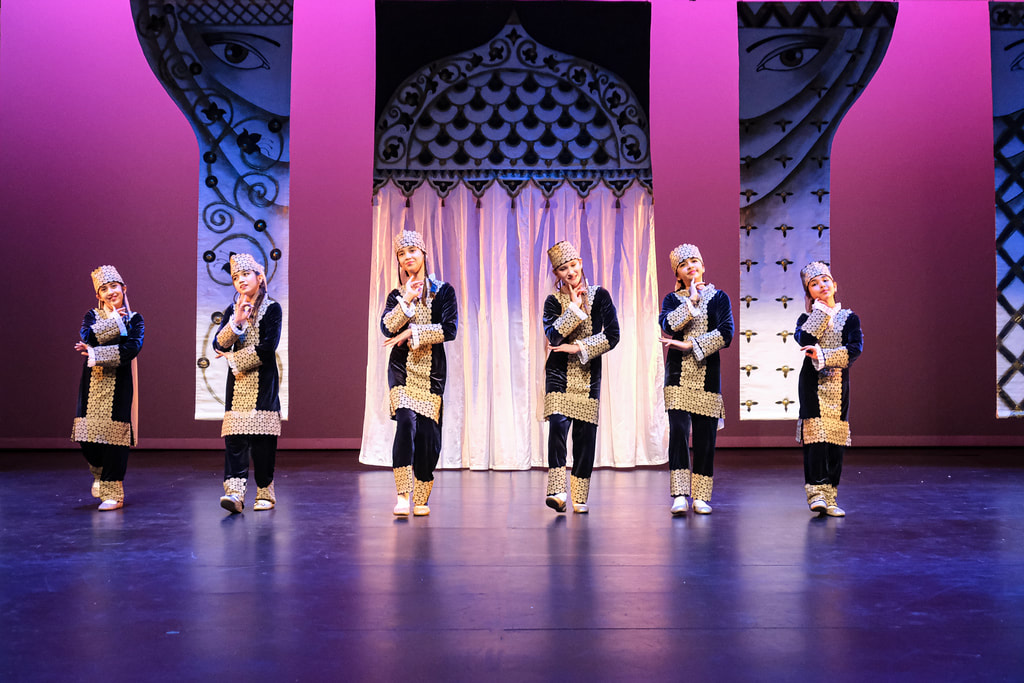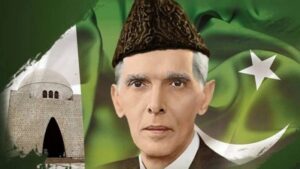Uzbek Dance Beauty

During the early middle ages the Uzbek Dance was very famous to many countries of the East
The dance art of the peoples of contemporary Uzbekistan has been developed since ancient times. In the rock paintings and archaeological finds images of dancing figures preserved. In the IV – VIII centuries the art of Uzbek dancers from Samarkand, Bukhara and Khorezm was known in many countries of the East.
The national Uzbek dance is very expressive. It embodies all the beauty of the Uzbek nation
The main differences of Uzbek dance from other dances of the East are, firstly, an emphasis on complex and expressive movements of hands; and secondly – a rich facial expression.
Uzbek Dance Forms
Uzbekistan national dance can be categorized in two forms: traditional classic dance and folk dance.
Uzbekistan folk dances are very diverse
These are hilarious, lyric, dramatic dances with their regional distinctions.

Classical Traditional Uzbek dance
Classical traditional Uzbek dance is an art that is expanded in special dance schools, and then is shown on a big stage.
It is also worth noting that performers of Uzbek dances should be agile and very precise in their movements, as every move of every part of the body, up to the fingers and eyebrows, contributes to the accuracy of the narrative. In Uzbek dancing, expression is as important as the technical execution of steps.
Uzbek Folk Dance
In the Uzbek folk dance there is an unusual variety. These dances come to life on all family, village and city holidays. These dances are transmitted from generation to generation, they retain the ancient dance traditions, as well as real or outgoing life.
In the Uzbek folk dance almost all 12 regions of Uzbekistan are represented
Like any folk dance, an Uzbek dance is a dance of individuality, the soul and body in it are united in a single whole. Performers sometimes do not have special training, well-trained equipment, however their movements are always emotionally accurate and expressive.
Each Uzbek folk dance is a mini-play: embroidery in gold, work in a cotton field, fruits picking, oriental bazaar or baking cakes in the tandyr.
Traditional dances of Uzbekistan, as a rule, narrate about any history or event, and do not serve for the self-expression of dancers. Their wide repertoire shows the importance of dance for the culture of the country.
Classical schools of Uzbek Dances
In the classical Uzbek dance Fergana (“Kagga Uyin”), Bukhara (“Dance of makom”), Khorezm (“Ufori makoma”) schools are popular.
Kagga Uyin
The classical dance of Ferghana is a lyrical dance with very rich movements of the neck and head, and serpentine hands. These dances are soulful, sincere, soft in performance, with smooth movements of head and shoulders, with a light flying tread and rounded swings of hands, drawing complex air patterns. The leisurely flow of the dance is replaced by gusty rotations and light elegant pirouettes.
This is a very florid style, in which dances are performed to music and songs, the texts of which are taken from classical literature
Expression and facial expressions are very gentle and soft, conveying nobility and purity, which are highly valued in the tradition of performance. Hand movements are similar to those we see in Uzbek dances, as well as in some Iranian, Afghan and other oriental traditions.

Dancers perform Tanovar and Munajat – dance passages, imbued with high spiritual feelings, which are full of pathos and deep desire to reunite with one’s beloved.
Dance of makom
Bukhara dances of Uzbekistan are proud, majestic, offensive; their movements are iridescent, like embroidered gold products of Bukhara needlewomen.
The steppe of the Bukhara dancers is springy, with a tapping of heels
Bukhara dances have a myriad of impetuous circulations, hand movements are decorative and extremely emotionally saturated
The sweeps of the hands and body are set to use the details of the costume, which also differs in its original character. The upper dress can be both stitched and wide, but more often it is wide and it is always made of heavier fabrics, for example, samite with embroidered gold thread patterns. The head is often decorated not only with a headdress, but also a long scarf, as well as massive ornaments. The Uzbek dancers wear bells on the wrists. The compositions are very joyful, energetic, facial expressions are animated. The technique also includes movements on the bent knees.
Ufori makoma
Khorezm fire, exciting folk dances with sharp movements, captivating with their temperament, especially men’s dances to the accompaniment of original stone castanets – kairaks, require a virtuoso performance.
The well-known Uzbek dancer Tamara Khanum wrote: “In the dances of Khorezm there are many tender lyrics inherent in the Ferghana dance, the exquisite nobility of the dances of ancient Bukhara, and at the same time they are full of solar energy and saturated with an unusually vivid passion
The playful and energetic style, Khorezm dance is usually performed at fast and increasing speeds. It is believed that the dances here come from ancient shamanistic customs and traditions of worshiping fire. Expression and facial expressions are close to ecstatic performance, especially in the Uzbek lazgi dance. Special feature of the movements are shaking with brushes, arms and shoulders and, so-called “broken fingers” movements.
There is a beautiful legend. In ancient times Khorezm was ruled by the king. The king had many concubines, but one of the concubines was particularly beloved. She could dance very beautifully. But she was in trouble. She broke the bones of her fingers. On some day the ruler ordered that she should dance for him and his guests. The concubine loved her master and could not refuse. The dance turned out peculiar. Everyone thought that this was planned. Since then, this manner of performance has become popular in Khorezm.
I am closing remarks with that the no wedding is complete without it and televised dance performances enjoy great popularity, giving leading dancers celebrity status and dance remains central to Uzbek life.

